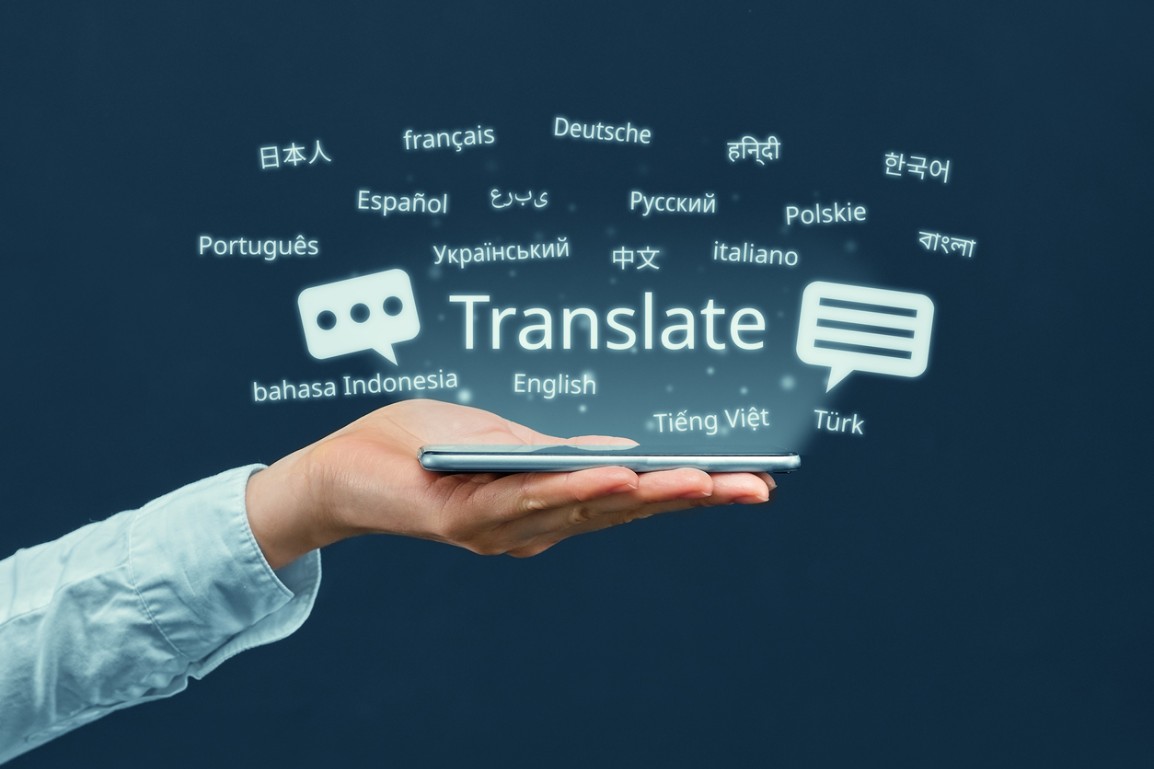E-commerce is growing each year and is here to stay. Here’s what you need to know about e-commerce translation services and why it’s important to have multilingual support for your site.
What Are the Benefits of a Multilingual E-Commerce Site?
Choosing to translate your e-commerce website and support other languages can help your business grow. By expanding your site to support other languages, you can:
- Broaden your customer base.
- Improve your multilingual SEO and visibility.
- Boost conversion rates.
- Improve brand image and recognition.
- Improve customer experience.
- Reduce errors and miscommunication.
- Build trust and brand loyalty with new and existing customers.
When Should You Translate Your E-Commerce Site?
If you have an e-commerce site, you needed multilingual support for it a long time ago. It’s a growing expectation for all online retailers to provide some level of multilingual support for their websites.
Just within the United States, 20% of the population speak a language other than English at home. By choosing not to translate your website, you’re cutting out 20% of your potential market, and that’s if you only consider the population of the United States. As an online retailer, anyone in the world can access your e-commerce site. Adding support in even one additional language opens doors to millions of potential customers.
What Translation Options Are There?
When it comes to e-commerce translation services, you have three options:
- Human translation
- Machine translation
- Hybrid translation
Human Translation
The most accurate translation option is a native bilingual speaker of both languages. They can give the best translation that not only translates the words correctly but retains the ideas and emotions of the original content as well.
This accuracy comes at the cost of speed and availability. A human translator is only human. They’re limited as to how much they can (and should) be required to work, and they will never be as fast as machine translation, nor as inexpensive. For a company to have human translation services, they have to either hire multiple translators or have long delays for each translation project.
Human translators are also limited by the languages they know. An English/Spanish translator will be able to easily provide accurate translation for a project going from English to Spanish but will be useless if there is ever a project for English to Korean. For international e-commerce companies that need to interact with customers from around the globe, this can become a problem. These companies would need to have a large translation team that covers each target language.
Machine Translation
For the most basic level of translation, all you need to do is substitute the word in the original text’s language for the matching word in the target language. Machines can automate the translation process making it almost instantaneous, saving both time and money. Instant translation is a major advantage when dealing with e-commerce because it opens the door for multilingual customer service without requiring a team of bilingual customer service agents.
The biggest downside of machine translation is that it sometimes has issues dealing with each language’s unique grammar and syntax needs. A human translator would know that the phrase “feeling butterflies in my stomach” is an idiom that describes the feeling of nervousness, anxiety, and excitement—and not real butterflies. One great benefit of SYSTRAN’s software is it is able to combat this with industry models, user dictionaries. SYSTRAN is AI- powered and able to customize and learn as it goes.
A machine can’t deal with more complex and nuanced ideas because translation is no longer about a word-for-word substitution, it’s about accurately conveying an idea or feeling.
Hybrid Translation
The final option is blending the best of both worlds. Hybrid translation starts with machine translation and is then edited and verified by a human translator for accuracy. If there are any syntax or grammatical errors in the translation, the human translator can make quick spot corrections.
This removes the problem of human translation taking too long and addresses any contextual errors that can come with machine translation. The hybrid translation process assists machine translation to improve the quality and speed of translation. When a human translator corrects errors, the machine translation’s existing neural network is able to accept that revision and modify the existing algorithms of the neural network. With each correction, the neural network becomes more complex and more effective at translation.

Consider Localization Instead of Translation
Some people use the words translation and localization interchangeably, but translation is only one part of the localization process.
Localization focuses on making sure your target audience understands the content, and that everything from the layout to the images is culturally appropriate for them. Localization in e-commerce focuses on making your page feel familiar and welcome. Your audience can focus on your product and not on the website design, layout, or images. This requires more work than translation but can help improve your brand image.
Choose SYSTRAN
SYSTRAN is the best translation software for e-commerce on the market. We provide a real-time language translation service that can easily integrate into your business. You can use it in everything from translating your e-commerce site to managing international customer support.
Contact us to find out how SYSTRAN can provide you with the best translation solution in the market.






